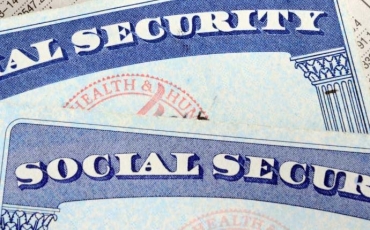Social Security will accept any of the following forms of evidence for a gender marker change:
- A full-validity 10-year U.S. passport showing the correct gender,
- A state-issued birth certificate showing the correct gender,
- A court order recognizing the correct gender, or
- A signed letter from a provider confirming you have had appropriate clinical treatment for gender transition
If you use a physician letter, it must come from a licensed physician with whom you have a patient relationship and who is familiar with your transition-related treatment. (This may be any physician who is familiar with your treatment, including a primary care physician or a specialist.) All certifications must be on the physician’s office letterhead and include all information seen in the sample letter below, including the physician’s license or certificate number.
The following is an example of a letter that meets all the Social Security requirements:
PHYSICIAN LETTERHEAD
I, Physician’s Full Name, Physician’s medical license or certificate number, Issuing U.S. State/Foreign Country of medical license/certificate, am the physician of Name of Patient, Date of Birth of Patient, with whom I have a doctor/patient relationship and whom I have treated, or with whom I have a doctor/patient relationship and whose medical history I have reviewed and evaluated.
Name of Patient has had appropriate clinical treatment for transition to (specify male or female).
I declare under penalty of perjury under the laws of the United States that the foregoing is true and correct.
Signature of Physician
Typed Name
Address
Telephone Number
Date
You can download a sample physician letter here.


